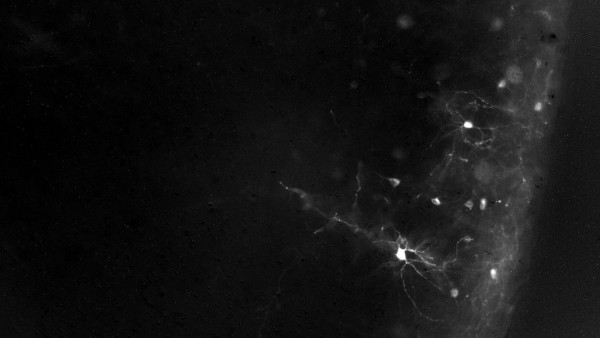
Ngā waiata o te wairoro

Brain imaging from Dr. Head's work at University of Minnesota Department of Neuroscience, where he successfully modulated neuronal activity to accelerate learning and memory in his preclinical work, using optogenetic techniques. He will now further develop neuromodulation for non-invasive human applications (photo supplied).
This research represents a pioneering endeavour aimed at developing the next generation of neurotechnology in Aotearoa; specifically, a closed-loop, non-invasive neuromodulation system that measures and stimulates the brain in real-time. By combining cutting-edge electroencephalogram (EEG) measurement and data analysis with non-invasive Transcranial Ultrasound Stimulation (TUS), this project will revolutionise brain measurement and performance, with applications ranging from athletic performance enhancement to non-pharmaceutical modulation of mental state. In this way, such technology can have the greatest impact to our world by supporting individuals to excel at what they are most passionate about. Within both Western science, and te ao Māori, rhythms are found to be the language of life. Inspired by traditional Māori concepts of Maramataka and harmonising with the rhythms of life, mōteatea, waiata and karakia, where the unique cadence of the traditional chanting was proposed to have therapeutic effects on biology. By systematically and scientifically investigating sound’s potential therapeutic effects, we can develop technology by, with, and for Māori that reflect our worldview.
